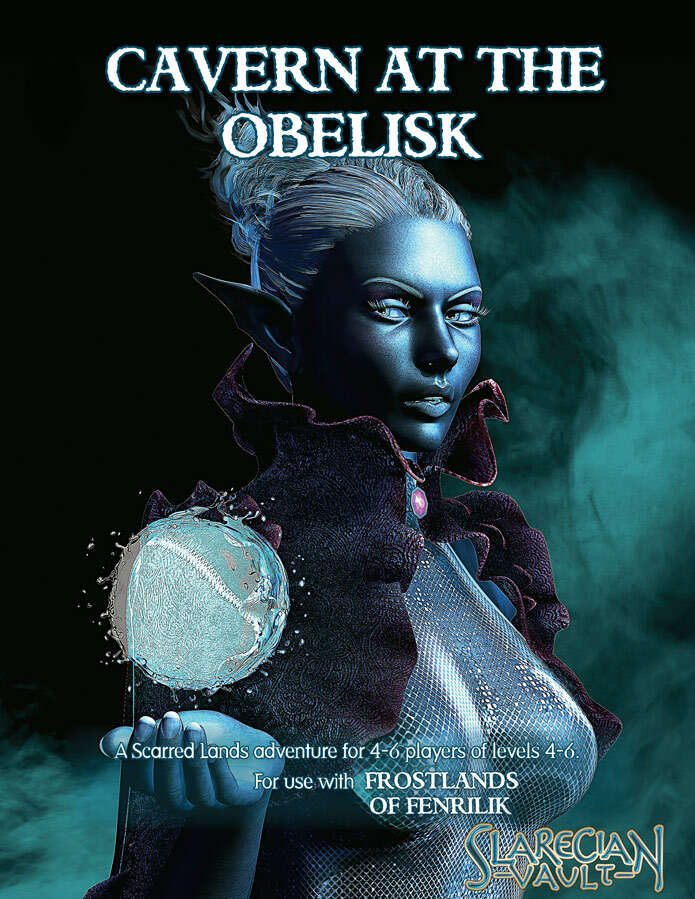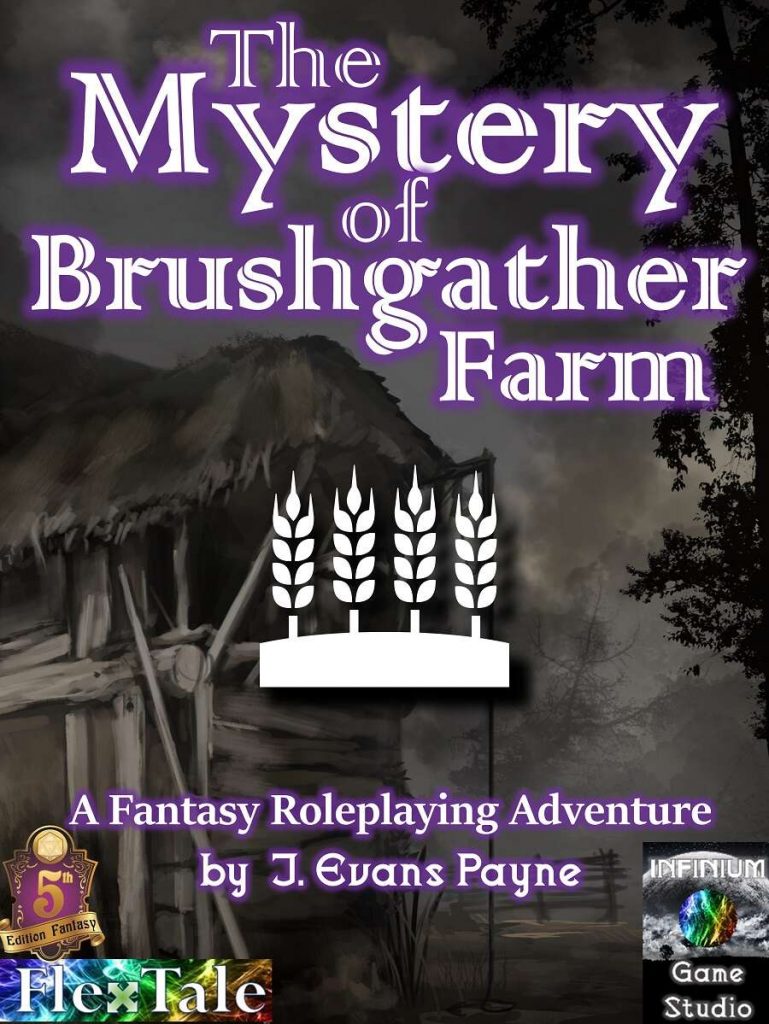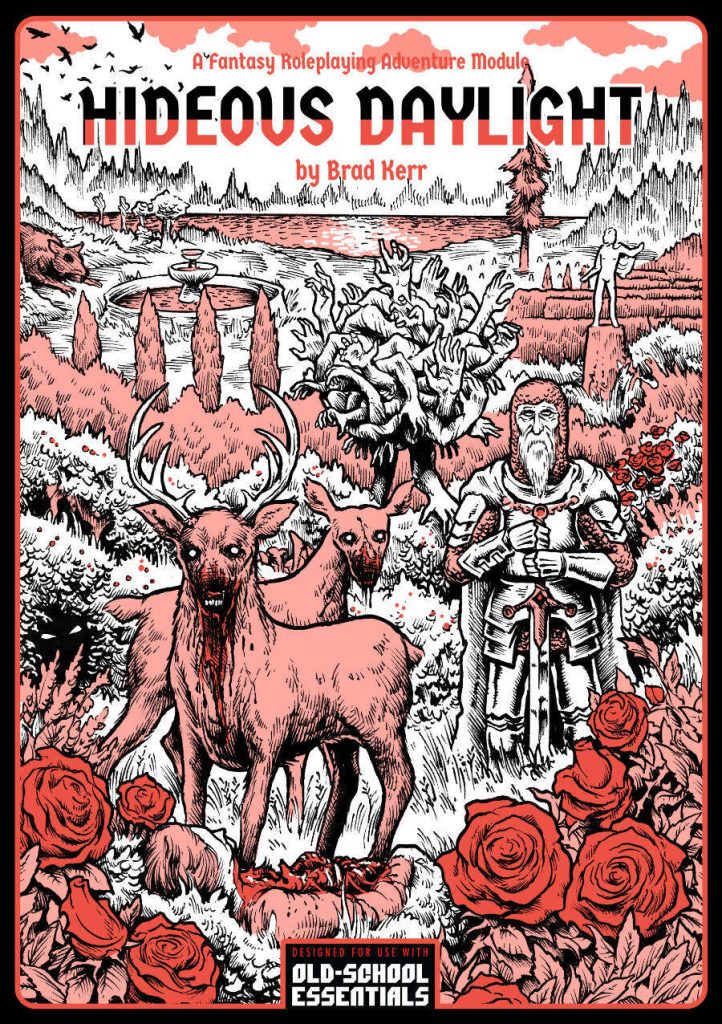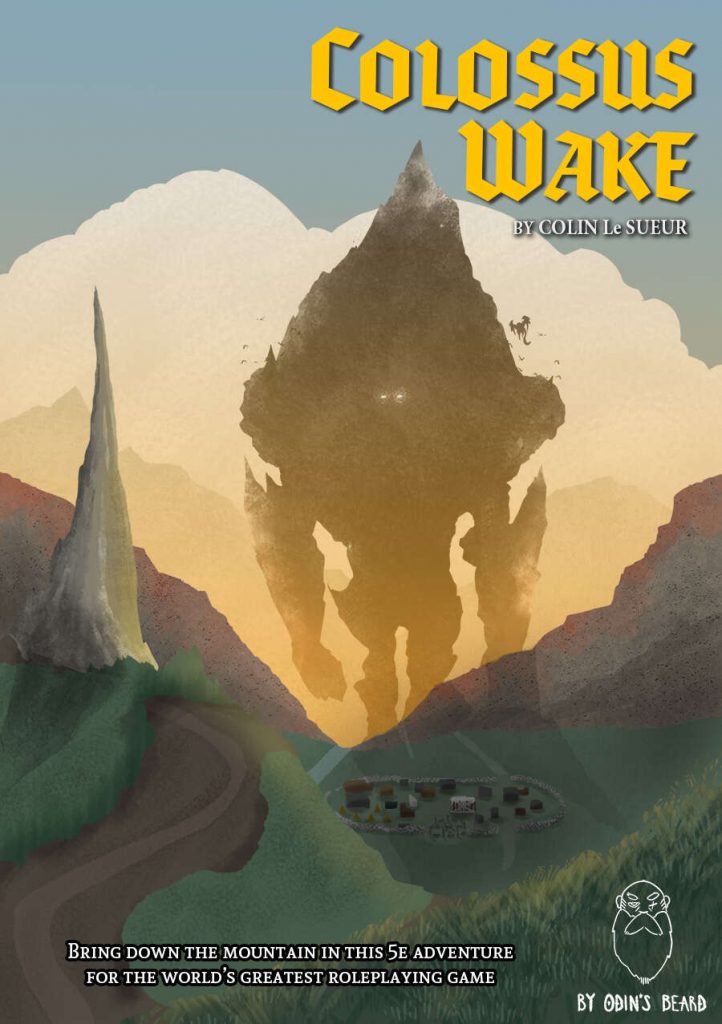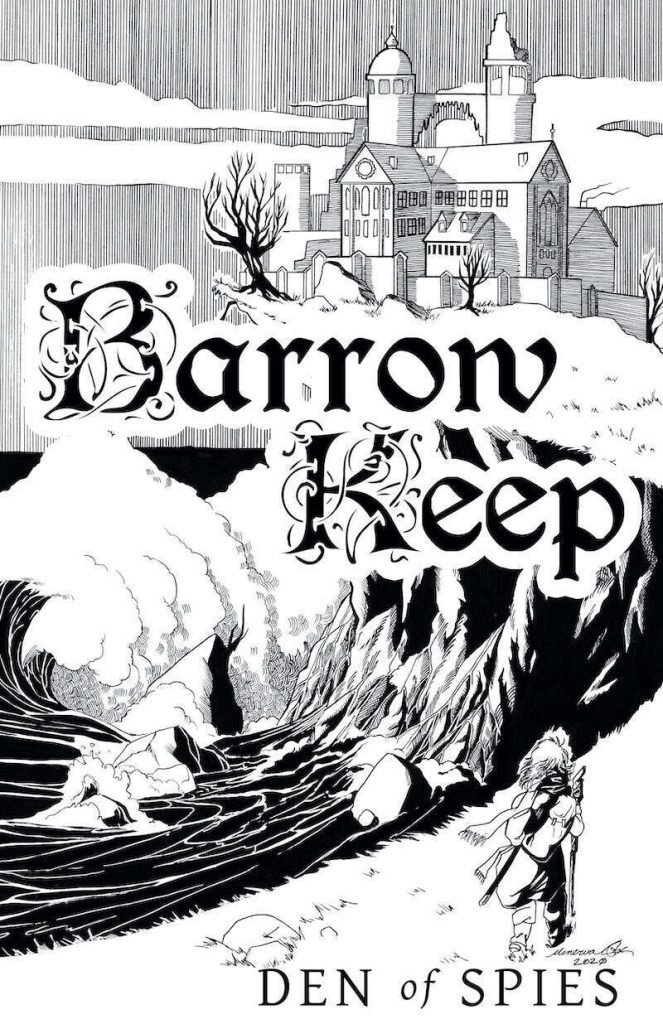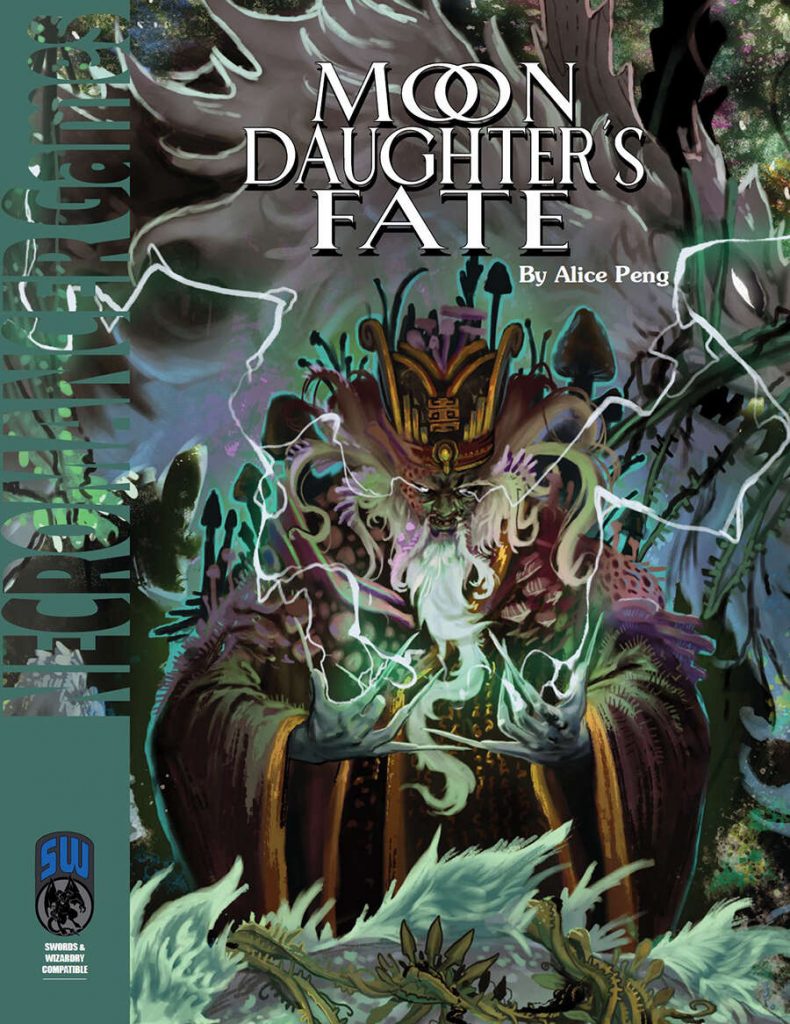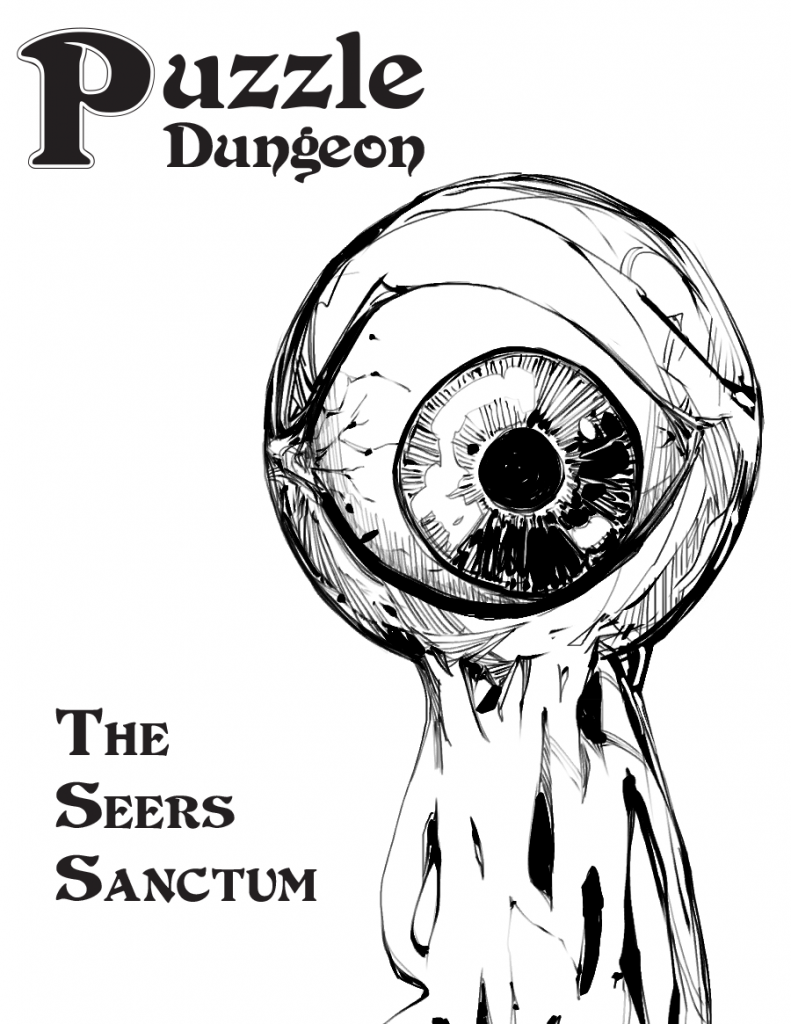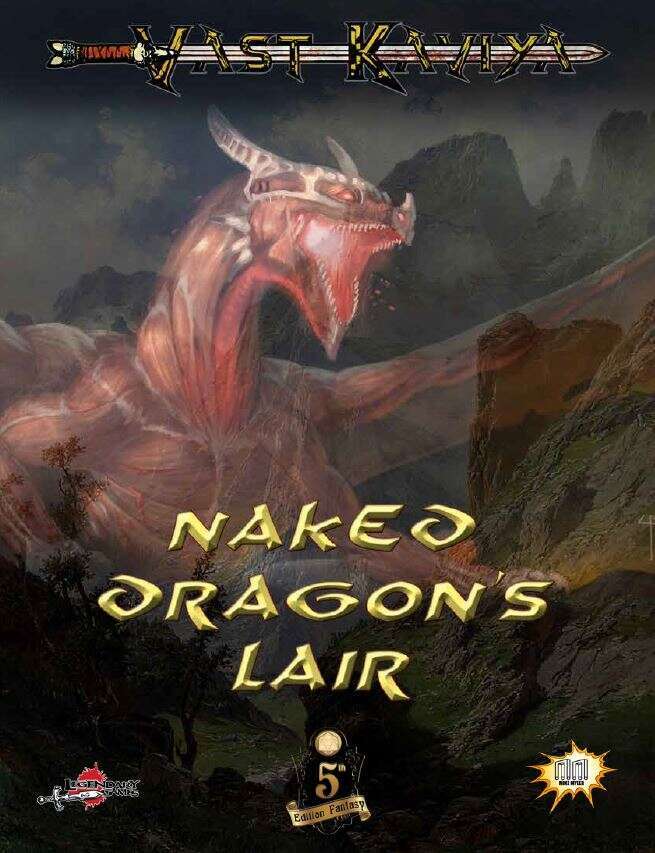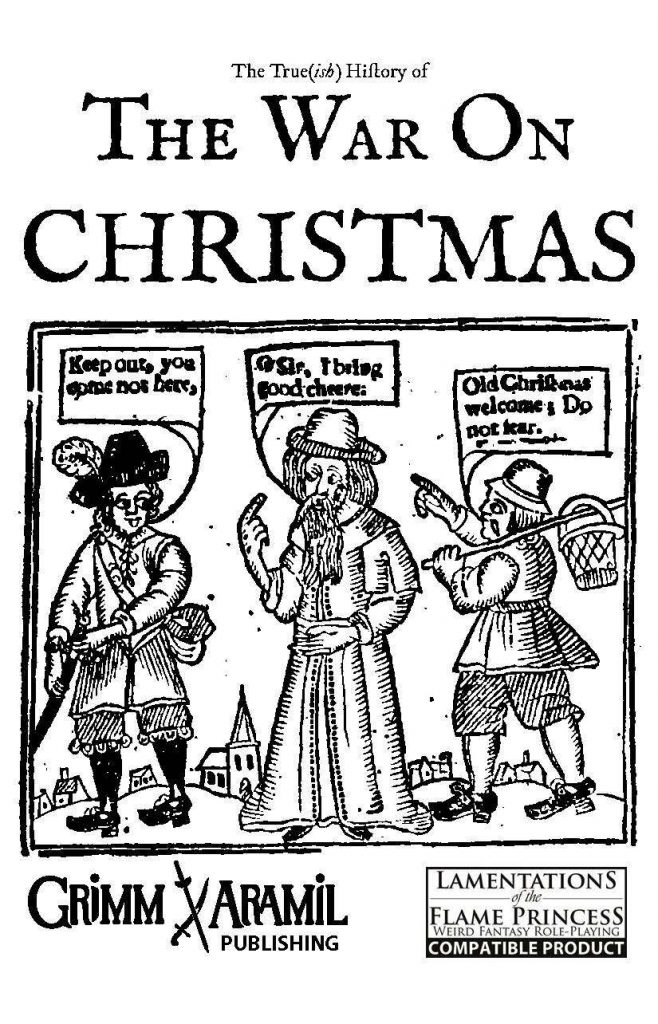
By Andrew Marrington Grimm Aramil Publishing LotFP Low to medium levels
Command is given, we must obey, and quite forget old Christmas day: Kill a thousand men, or a Town regain, we will give thanks and praise amain The wine pot shall clinke, we will feast and drinke And then strange motions will abound Yet let’s be content, and the times lament, you see the world turn’d upside down.
This 37 page encounter represents a zombie attack on a village. Err, sorry, that’s the genre. It’s actually one encounter, a roundhead attack on a small village on Christmas day. Same thing though, conceptually. A new low in adventure design!
The village has about fourteen locations in it. There are 53 troopers in the roundhead unit, one of which gets a name and backstory and the rest are just 1st level fighting men. They show up in the village and start looting the houses, because they are puritans the villagers are feasting and drinking. What do you do, Mr and/or Mrs Party Member? If you fight them/drive them off then a second group shows up, and then a third, for a full on assault/murderfest, rather than Ye Old Looting the first group was planning on.
This continues the Lamentations tradition of No Good Outcomes. Either you let the village get looted in the first place, in which case there is no “adventure”, or you have to kill 54 troppers and hide their bodies, as well as everyone in their baggage train, in order to hide the evidence of the killings, or else the entire army visits their wrath on the village. I’m not sure how I feel about the No Good Outcomes stuff, it can be fun sometimes but is a little grimdarm for the beer & pretzels D&D I prefer. But, what the fuck, I’ll place it in the PLUS category since some thought went in to it and evidence of design is short and far between these days in adventures. Also, each house has two lines at the bottom of it, one showing what can be looted from it and another showing what the household is willing to part with as a bribe to make the soldiers go away. Good touch that, and opens things up to nice roleplaying in the bribery/looting phase.
That’s it.
This is just some toughs showing up in the village. There’s a die drop mechanism for where they go first, that’s not bad, but after that it’s just the scenario playing out. Each household/building gets a full history/backstory treatment, with complete ethnographic studies of each person in the person. None of which is likely to come up in play and none of which enhances the adventure.
And that’s what this is: 37 pages of padded out material representing, maybe, if it were done right, about three pages of adventure, if every person in the village got a decent description that mattered in actual play. Lisps, peg legs, clinging to mommies skirt tails, etc. The emphasis is not n the actual play though. It’s not on stuff to fortify and/or route the roundheads/ Seven Samurai/Magnificent Seven style. Instead we get things like: “The original church dates from the 14th century and was made of wood – this forms the nave of the existing church. Two brick aisles were added to either side late in the 16th century. Most recently, a modest wooden belltower/vestibule has been added in the last few decades as the new entrance into the church.
The chancel has been redecorated in a more lavish style as part of the Laudian campaign of beautification.” Or, as an NPC, we get things like: “ Christopher Brown, age 39, is the village baker. His father was the village baker before him. His younger brother, Luke, left the village nearly twenty years ago with the intention to join the navy, and never returned – Christopher has never heard from him since.”
How either of those enhance the adventure, during actual play, is beyond me. Well, they don’t, of course. Because the designer doesn’t know the difference between “this is what all adventures do” and “this is what makes a good adventure.” Even, considering it’s just a zombie attack, err, roundhead attack, it provides NOTHING to enhance it during actual play.
There is this mighty disconnect in adventure design. People want to share, but they have no idea how to do it. Pathetic earthlings, filing themselves out in to the void! They must write to get better, and we must suffer through their writings until they do get better. If they ever do. I just wish they would do more homework up front to learn how to do a good adventure.
This is $3 at DriveThru. The preview is seven pages. The last two show you two of the village building descriptions and some NPC descriptions. Unbeknownst to you, this is the core of the adventure text. So, it’s a good preview, you just don’t know it’s previewing.
https://drivethrurpg.com/product/341452/The-War-on-Christmas?1892600

